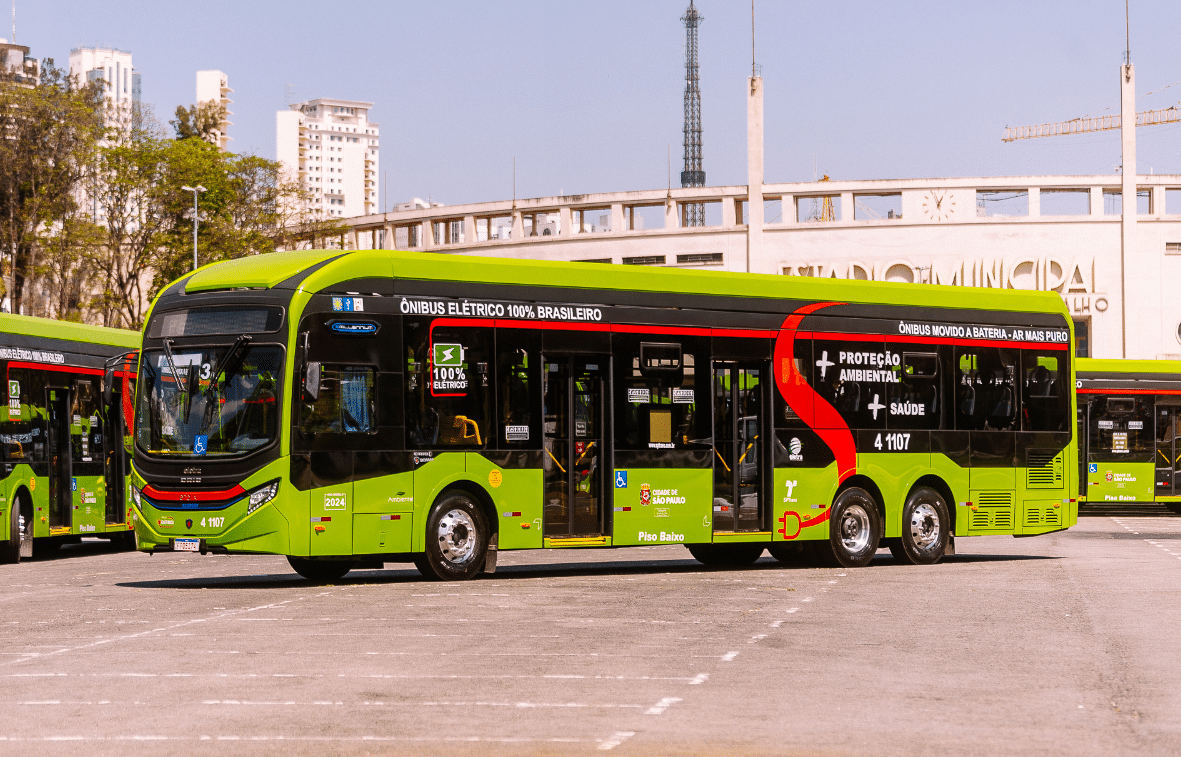Since 2021, the TUMI E-Bus Mission is supporting deep dive cities around the world and building up a network of cities for accelerating e-bus deployment in the Global South. The overall goal is to prepare the cities for the procurement of 100,000 e-buses from 2025 on. This article introduces the E-Bus Emissions Assessment Tool (E-BEAT) that has been developed together with the EU-funded SOLUTIONSplus e-mobility project and highlights the key findings for Mumbai and São Paulo. After looking at the respective electric bus targets, we introduce different scenarios of how those targets impact both climate and air pollution. The analysis shows that while for cities in a country with a clean energy mix there is an immediate positive impact on climate and air pollution, even for cities in a country with a relatively high emission grid factor the prompt positive effect on air pollution underscores the importance of setting ambitious targets in the present and near future.
1. The E-BEAT tool
Numerous rationales support the advocacy for the widespread deployment of electric buses, with a primary focus on the potential reduction of greenhouse gas (GHG) emissions and local air pollutants. The E-Bus Emissions Assessment Tool (E-BEAT) has the capability to demonstrate the anticipated effects of decisions being made presently over both mid- and long-term periods. It calculates time-series estimations of emissions based on existing plans and targets for e-bus procurement and on ‘what-if’ scenarios that consider external factors such as changes in the national energy mix or transmission losses in the electricity grid. The calculator goes beyond greenhouse gas emissions and captures air pollutants such as black carbon (BC), NOx and particulate matter (PM).
This information can be instrumental for decision makers, city planners, and transport authorities in constructing compelling arguments advocating for the deployment of electric buses within their respective cities. For instance, the TUMI E-Bus Mission and SOLUTIONSplus released Climate and Air Quality Scenarios for E-Bus Deployment for 12 cities from Brazil, India, Indonesia, Vietnam, Mexico, and Colombia based on their transportation systems and their e-bus targets.
To illustrate the immense benefits for e-bus roll outs, and motivate other cities to act, we analyze outcomes from various scenarios for two megacities sharing comparable population sizes (approximately 12 million inhabitants within the city and 22-23 million in the metropolitan area), as well as similar economic significance for their respective countries: Mumbai in India and São Paulo in Brazil. Despite the distinct local contexts, particularly in terms of energy grid emission factors, it is noteworthy that both cities share remarkably similar targets for the adoption of electric buses.
2. Electric bus targets in Mumbai and São Paulo
By the end of 2024, Mumbai envisions incorporating over 2000 electric buses into its fleet. In 2021, the Environment & Climate Change Minister of Maharashtra declared that BEST (Brihanmumbai Electric Supply and Transport) aims to run 10,000 environmentally friendly buses by the end of 2027. This ambitious goal represents a significant expansion, more than doubling the current bus fleet size of approximately 4,000 buses. In São Paulo, a commitment has been made to a long-term objective of introducing 13,979 electric buses by 2038, accompanied by a short-term goal of integrating 2,600 electric buses into the system by 2024.
To analyze the impacts of the accelerated e-bus procurement, we have developed two scenarios, viz., a base scenario and an enhanced scenario. The parameters that are used in each scenario are summarized in the table below:

Table 1 Comparison between number of e-buses in Mumbai and São Paulo under Base and Enhanced Scenario
In the base scenarios, we considered procurement targets set by the city and little or no improvements when it comes to the electricity mix and transmission & distribution losses.
In the enhanced scenarios, a key assumption was that the entire bus fleet is electrified by 2050 unless the city defined an earlier target for full electrification. Unless that city had no specific target, we estimated the fleet up to 2050 based on the population growth in the city. We assumed the fleet availability per 1000 inhabitants would remain unchanged until 2050. In addition, we assumed that the future electricity mix has a higher share of clean energy at 75% for India and that projected transmission and distribution losses will be gradually reduced to 10% by 2050 for India and 9% for Brazil.
3. Projected climate impact for Mumbai and São Paulo
3.1. Mumbai
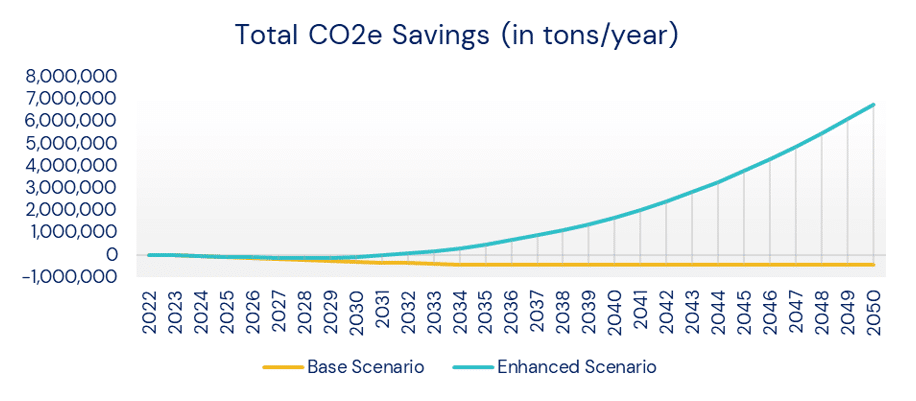
Figure 1 Total amount of Saved CO2e in Mumbai under base and enhanced scenarios
In the base scenario, by shifting to e-buses, the emissions will increase up to 428 ktCO2e by 2050, mainly due to the electricity generated from an electricity grid that is still dominated by fossil fuels (72%) and has high transmission and distribution losses (20%). In the enhanced scenario, the city will reduce about 6.770 ktCO2e up to 2050. The benefits from switching to e-buses are realized in GHG emissions mainly due to the increase in the number of buses compared and massive improvements in the energy mix.
3.2. São Paulo
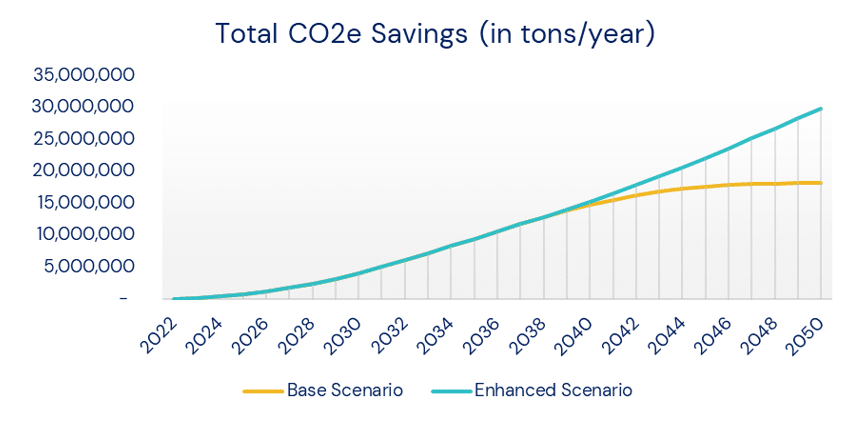
Figure 2 Total amount of Saved CO2e in Sao Paulo under base and enhanced scenarios
In the base scenario, by shifting to e-buses, the city can reduce emissions to 4.051 ktCO2e until 2030, provided the envisaged electric buses replace the current conventional bus fleet. If the target for 2038 is met and the city manages to electrify its bus fleet fully, the total emissions saved will be about 18.147 ktCO2e until 2050. In the enhanced scenario, the city will reduce about 30.000 ktCO2e up to 2050. As over 80% of the Brazilian energy mix originates from hydropower and other renewable energy sources, the improvement in the grid makes a minor difference in the emissions. The high magnitude of savings in GHG emissions is primarily due to the large number of e-buses replacing conventional buses.
4. Projected air pollution (black carbon) impact for Mumbai and São Paulo
4.1. Mumbai
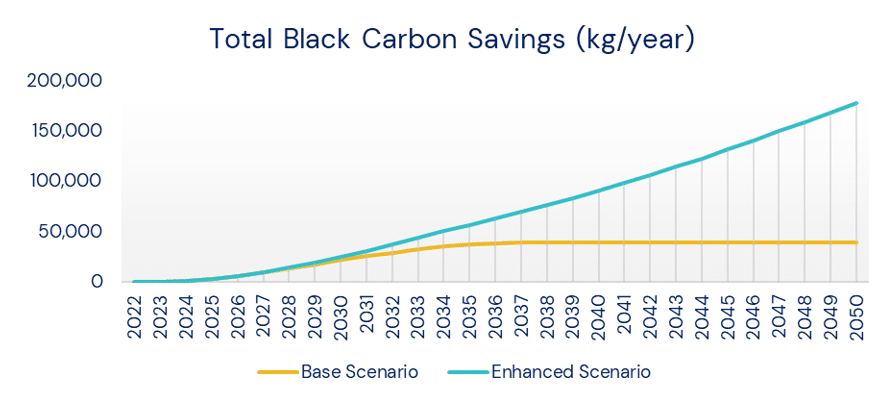
Figure 3 Total Black Carbon Savings in Mumbai under base and enhanced scenarios
The transition towards e-buses is expected to save Mumbai a significant amount of black carbon, with an estimated 22 tons in 2030 and 40 tons by 2050 in the base scenario. Furthermore, the base scenario also predicts a significant reduction of tons of particulate matter saved by 2050. In the enhanced scenario, the reductions in black carbon and particulate matter by 2050 are 179 tons and 2.949 tons, respectively. The savings from the enhanced scenario are more than four times compared to the base scenario. Thus, improving the current target may potentially reach or even exceed the level of savings that are estimated by the enhanced scenario.
4.2. São Paulo
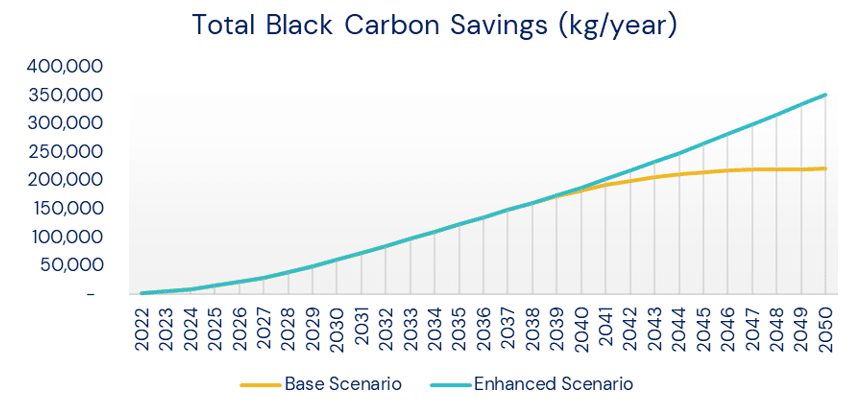
Figure 4 Total Black Carbon Savings in São Paulo under base and enhanced scenarios
Concerning urban air quality improvement, in the base scenario, São Paulo the city will reduce about 131 tons of black carbon, 7.736 tons of NOx and 2.901 tons of particulate matter up to 2050. By 2050, the city will save 215 tons of black carbon, 12.320 tons of NOx and 4.833 tons of particulate matter for the enhanced scenario. The savings from the enhanced scenario are almost doubled compared to the base scenario. Thus, improving the current target may potentially reach or even exceed the level of savings that are estimated by the enhanced scenario.
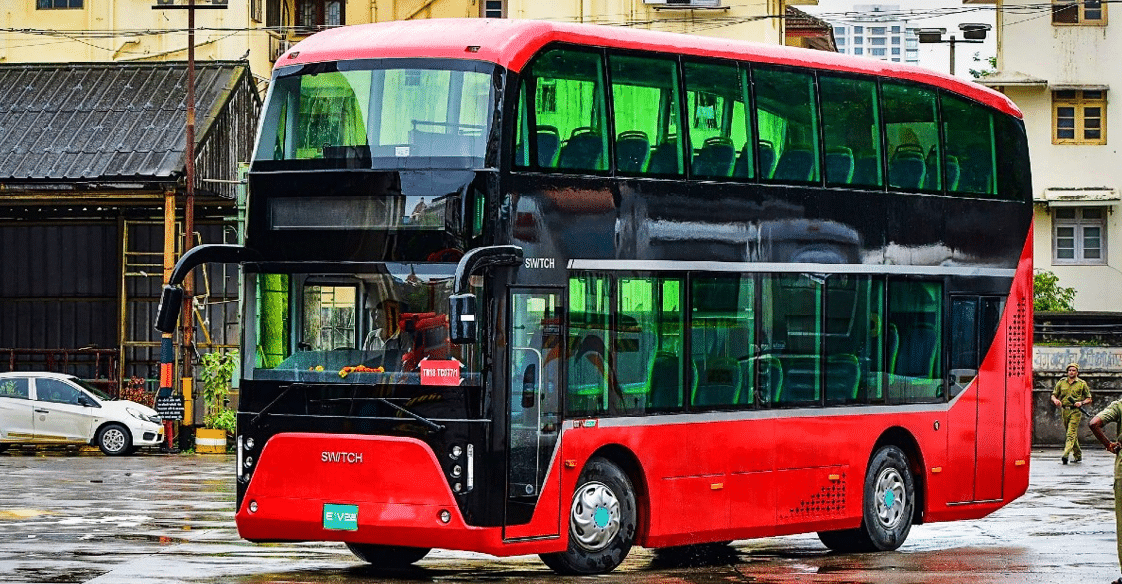
Figure 5 An e-bus in Mumbai, India (Credit: www.cartoq.com)
5. Summary
The comparison between Mumbai and São Paulo underscores the significant climate impact potential of electric bus deployment in both cities. São Paulo experiences immediate benefits due to clean energy generation in Brazil, while Mumbai’s impact depends heavily on the future growth of renewable energy generation over the next 10-20 years.
In the case of air pollution, exemplified by black carbon, the impact is more alike in both cities. Implementing electric buses leads to noticeable improvements, making local air pollution a crucial motivator for e-bus deployment in these megacities. Mumbai has recently been ranked as having the second-highest air pollution globally, while São Paulo has consistently exceeded the WHO-recommended air quality values for the past 23 years.
This highlights that scaling up electric bus deployment can and will enhance the quality of life in these cities and contribute to combating climate change, both in the present and the years to come. Simultaneously addressing factors such as increasing renewable energy generation and reducing transmission and distribution losses is essential. However, the transportation sector must take immediate steps to transform the system and set ambitious targets for now and the near future.
